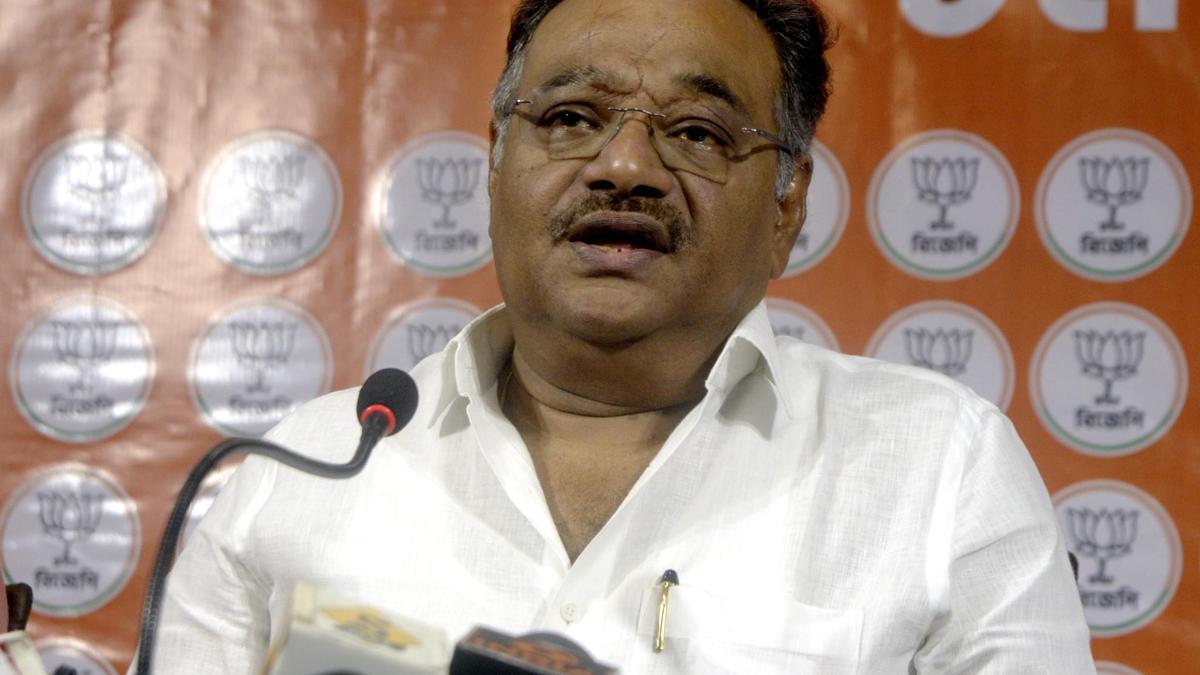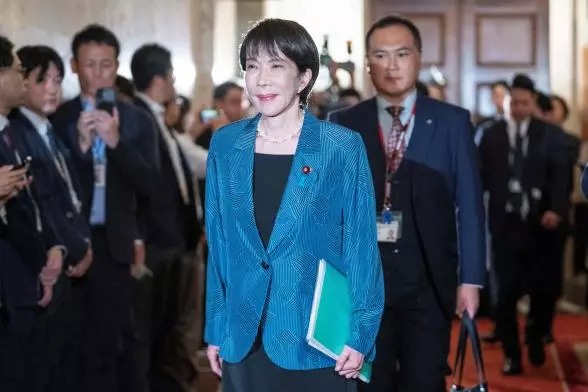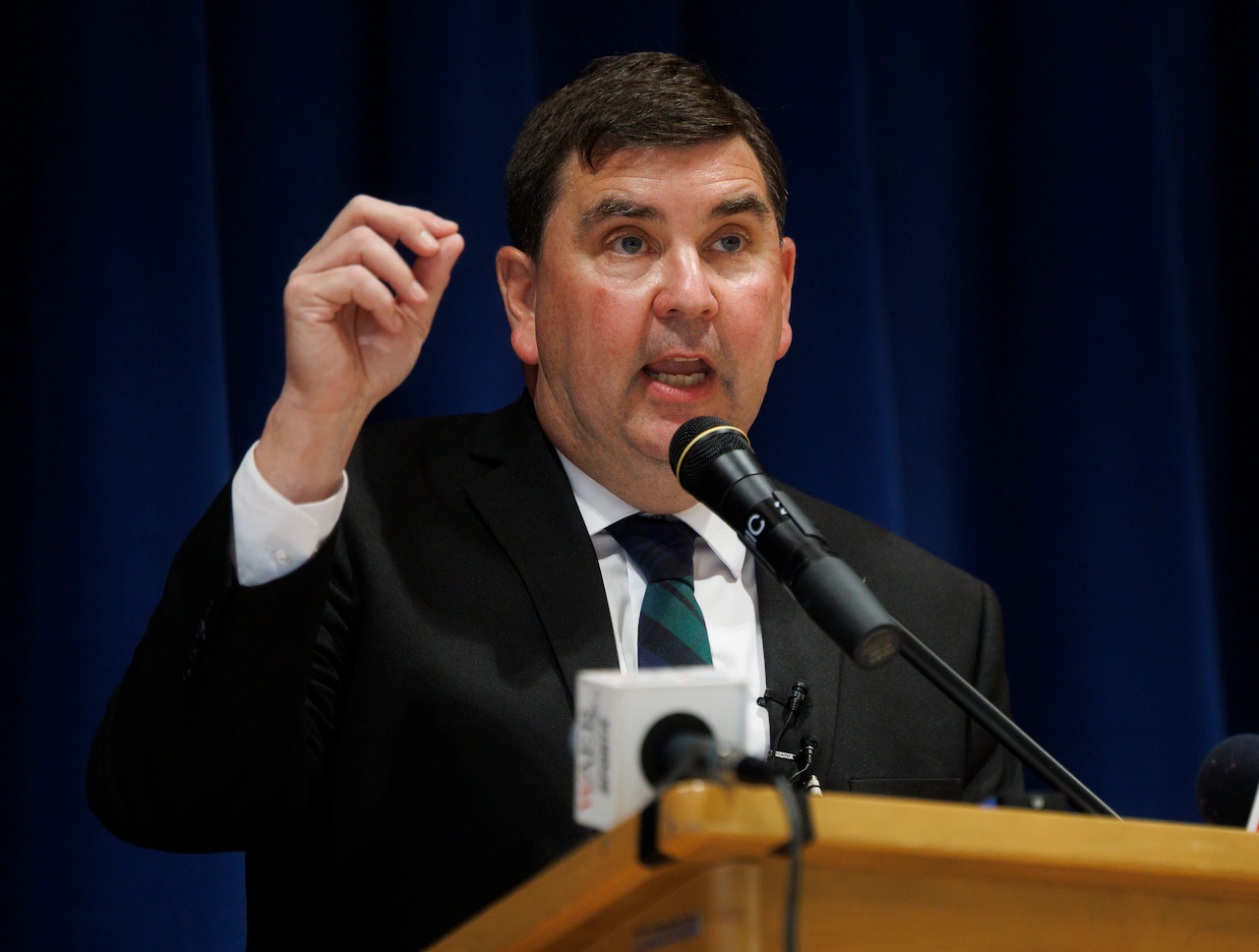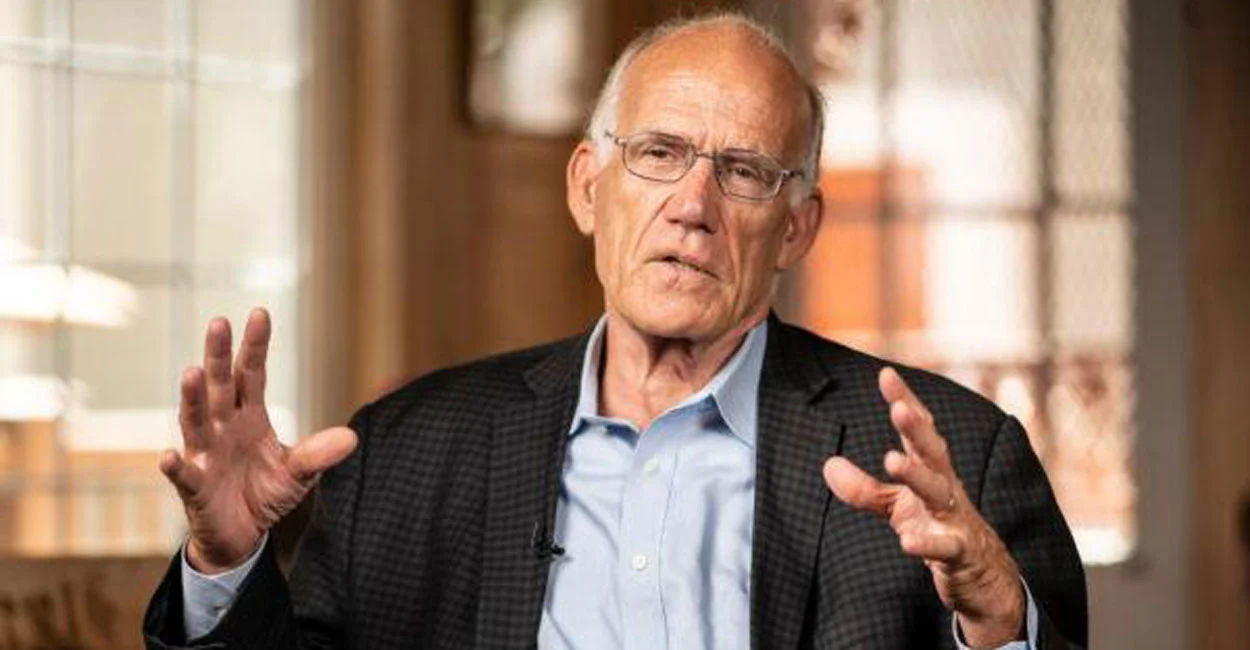Copyright Foreign Policy
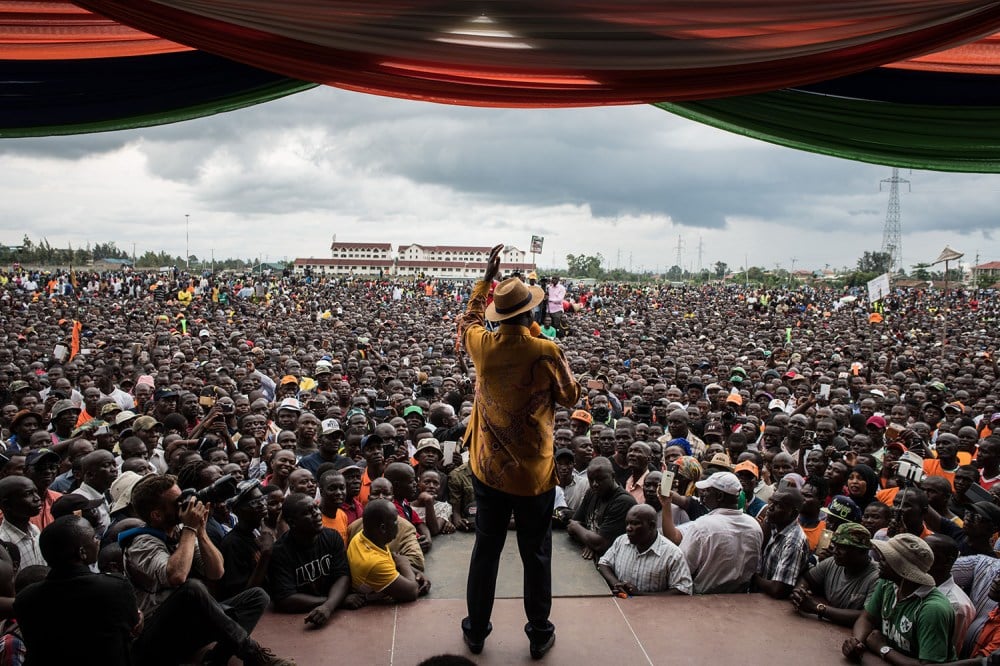
The death of Raila Odinga, Kenya’s former prime minister and most enduring opposition figure, closes a defining chapter in the nation’s political life. For more than 40 years, Odinga embodied Kenya’s democratic struggles, from detention under an autocratic regime to decades of electoral contests that reshaped the country’s political landscape. Fighting relentlessly for institutional reform, Odinga’s activism helped deliver two of Kenya’s most consequential political transformations: the legalization of multiparty politics and the promulgation of the 2010 constitution. Odinga’s balancing act as both a firebrand of resistance and an architect of reconciliation became the defining paradox of his legacy, leaving supporters and critics alike to debate whether he was a revolutionary who compromised or a pragmatist who never lost his radical edge. Born into a prominent political family, Odinga inherited both privilege and burden. His father, Jaramogi Oginga Odinga, was Kenya’s first vice president and an early critic of post-independence authoritarianism. Raila Odinga would take up that mantle, enduring six years in detention without trial after being accused of involvement in the failed 1982 coup against the government of President Daniel arap Moi. His fight for democracy did not end with his release: In the years that followed, Odinga was arrested and detained several times during the nationwide push for multiparty politics, a struggle that would eventually bring down Kenya’s one-party system. After his release, Odinga briefly went into exile in Norway, where he rallied international attention to Kenya’s human rights abuses and the suppression of dissent under Moi’s regime. Those who were close to him say that period steeled his political convictions. “He didn’t see it as punishment but as a sacrifice, an opportunity to solidify his belief in a fairer, more just Kenyan society,” Willis Otieno, who served as Odinga’s presidential campaign manager in 2017, told me. For Odinga, that struggle became the thread running through his entire political life. “He was a true social democrat who believed in social justice and equity for all,” Otieno said. Kalonzo Musyoka, Kenya’s vice president from 2008 to 2013, was Odinga’s longtime ally and his running mate in the 2013 and 2017 presidential elections. “He was a real fighter, never afraid of taking the hard decisions,” Musyoka told me. “His days in detention gave him a particular character and perspective … he was enigmatic.” The path to Kenya’s 2010 constitution ran through the country’s bloodiest political crisis. In December 2007, Odinga faced incumbent President Mwai Kibaki in an election that was marred by irregularities and a lack of transparency. When the results showed Kibaki narrowly ahead, Odinga rejected the outcome. The disputed vote plunged the country into violence that left more than 1,200 people dead, and the head of Kenya’s electoral commission admitted that he could not say with certainty who had actually won. United Nations mediators then brokered a power-sharing deal in which Kibaki remained president while Odinga took a newly created post of prime minister. Despite the uneasy coalition, what began as a bitter compromise soon became Odinga’s most consequential chapter. As prime minister, he redirected his energy toward tackling the structural roots of Kenya’s instability by developing a constitution based on the theory that stronger institutions could prevent future violence and outlast the ambitions of any single leader. The constitution devolved power from the presidency to counties, codified term limits, created an independent judiciary, and enshrined a bill of rights. For a country long dominated by imperial presidents, it marked a profound reimagining of the social contract. “Kenya’s 2010 constitution created the possibility of a more democratic, accountable, and inclusive society,” Nic Cheeseman, a professor at the University of Birmingham who specializes in African democracy, told me. “It is an extraordinary legacy for someone who was never president but shaped the political architecture of the country.” Odinga’s faith in institutions extended beyond constitution-making. Having fought for an independent judiciary, he consistently turned to the courts to challenge what he saw as electoral injustices. “After every election, there was always a reform agenda,” said Otieno, the former campaign manager. “He believed in pursuing change within the structures that existed, not outside them.” Odinga’s role in the reform process reflected a rare moment of pragmatism in a region where post-election violence often entrenches authoritarianism rather than reform. “In most cases, power-sharing deals simply stabilize elites,” Cheeseman said. “Kenya was unusual in that it produced a constitutional transformation that genuinely redistributed power, at least on paper.” But the architect of Kenya’s most ambitious reform project would spend the next decade battling to claim its fruits. In both the 2013 and 2017 presidential elections, Odinga maintained that he and Musyoka, his running mate, had been denied victory. The Supreme Court appeared to validate their claims in 2017, when it annulled the election over irregularities. But Odinga boycotted the subsequent rerun, arguing that the electoral commission had failed to implement necessary reforms. The experience, Musyoka recalled, only strengthened their bond. “Odinga became like a very dear friend and a dear brother,” he said. “The national good is what kept us together.” Still, Odinga’s career is inseparable from his repeated electoral defeats. He ran for president five times between 1997 and 2022, losing each time and alleging fraud after every contest. Yet even before these high-profile battles, he had established a pattern of acting on principle. In 1994, Odinga resigned from his parliamentary seat and FORD-Kenya, the party his father had formed—a rare move in Kenya’s history. Odinga contested the by-election under his new party, the National Development Party, and won decisively, demonstrating a lifelong habit of staking his political future on popular support rather than party machinery. This combination of bold, principle-driven action and repeated electoral contestation created a paradox that defined his public image as both the tireless champion of democracy and its most aggrieved participant. Odinga’s pragmatism, however, often tempered his defiance. The power-sharing deal of 2008 showed his willingness to compromise for the sake of stability, and in later years, he continued to pursue reconciliation even with fierce rivals. In 2018, he stunned the country by joining hands with then-President Uhuru Kenyatta after a bitter election, framing the move as an act of national healing. The two men grew unexpectedly close in the years that followed, and their cooperation transformed the political landscape, sidelining Deputy President William Ruto and culminating in Kenyatta’s decision to back Odinga’s 2022 presidential bid. Ruto, who had been Kenyatta’s running mate in two previous elections, framed his own campaign as a revolt against entrenched political dynasties—an implicit jab at both Kenyatta, the son of Kenya’s first president, and Odinga, the son of its first vice president. Though Ruto ultimately won, Kenyatta and Odinga’s alliance upended Kenya’s long-standing political fault lines, uniting former rivals and reshaping the country’s idea of opposition politics. In a statement on X following Odinga’s death, Kenyatta reflected on their unlikely friendship and a bond that stemmed from “a common desire to see a united Kenya.” Kenyatta said he had lost “a friend and a brother,” adding that “he was a formidable opponent, but he was an even more invaluable ally in the cause of reconciliation.” That instinct for conciliation would resurface in Odinga’s final months, when he signed an agreement with Ruto to form a coalition government between the Orange Democratic Movement—Odinga’s party since 2005—and Ruto’s United Democratic Alliance. The deal followed weeks of youth-led protests and a violent government crackdown that in 2024. Odinga’s decision to join Ruto made many young Kenyans feel betrayed, as the man who had long embodied resistance seemed to be siding with the establishment that he once opposed. “By signing up to Ruto and propping him up at a point when youth-led protests were so strong and Ruto was on the back foot, he effectively enabled the establishment to continue,” said Cheeseman, the professor. Musyoka, who had stood beside Odinga through decades of struggle, refused to follow him into Ruto’s government, a symbolic rupture after years of political partnership. He said Odinga believed joining Ruto was necessary to avert a possible military takeover after weeks of unrest. “He thought the country was on the brink and wanted to avert chaos,” Musyoka said. “But many young people felt he had abandoned them.” Whether Odinga joined Ruto out of pragmatism, patriotism, or a long-term plan to challenge him in the future will never be known. His sudden death left that question unanswered, cementing, in the end, his reputation as “Agwambo,” the mysterious one. Yet even as he reconciled with former rivals, Odinga’s earlier defiance has left a lasting imprint on a new generation of Kenyans. In a ceremony in 2018 that was held in defiance of the state, Odinga took an oath inaugurating himself as the “people’s president,” planting the seeds for the protests led by Kenya’s youth in 2024. “It sent a message across to all Kenyans that ultimately, power resides in you, and you can always challenge the state,” Otieno said. Ironically, the man who spent decades fighting within and for Kenya’s institutions may have inadvertently inspired a generation more willing to operate outside them. Kenya’s Generation Z-led protests have been notably leaderless and rejected traditional political figures, including—at first—Odinga himself. Yet their assertion of popular sovereignty and their willingness to directly challenge the state echoed the “people’s president” moment that came seven years earlier. Further, Odinga’s career illustrates a fundamental challenge in African politics: the extraordinary difficulty of opposition politics in systems designed to entrench incumbents. African presidents typically control state resources, security forces, media outlets, and electoral machinery. They can deploy patronage to fracture opposition coalitions and repression to intimidate opposition leaders. In this context, simply surviving as a relevant opposition force for decades, let alone driving constitutional reform, is a vast achievement. Odinga’s passing has reignited debates about his complex legacy as a man who bridged resistance and reconciliation as well as radicalism and restraint. Musyoka described him as “the most consequential leader in the fight for the second liberation,” a champion of multiparty democracy and devolution who never relented in challenging the “imperial presidency.” Yet Odinga’s most enduring contribution may have been his success in spreading a belief among ordinary citizens that constitutionalism could be a tool for justice rather than an instrument of oppression. His life demonstrates that effective politics are possible through opposition channels and that power-sharing deals aren’t always a sign of degrading principles but, rather, can indicate reform from within. Though never president, Odinga expanded the democratic imagination of a nation.
